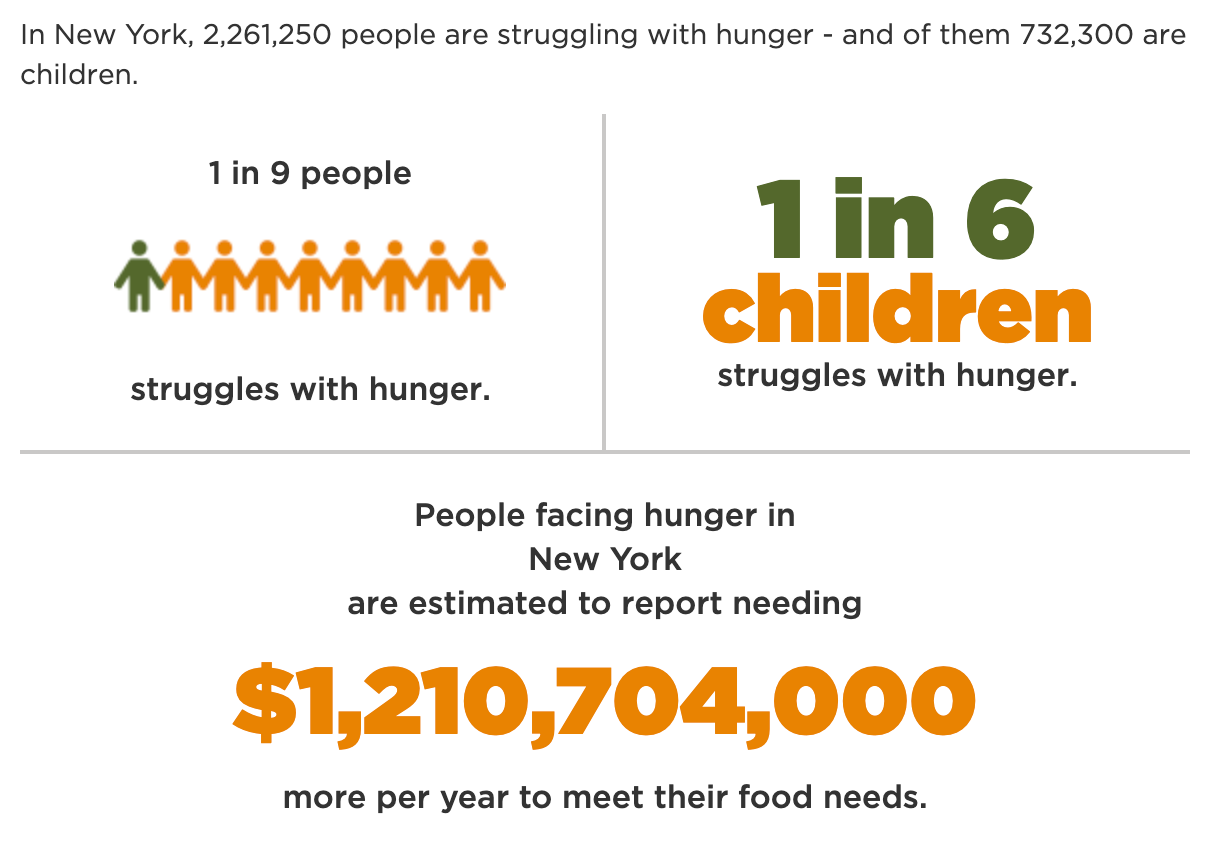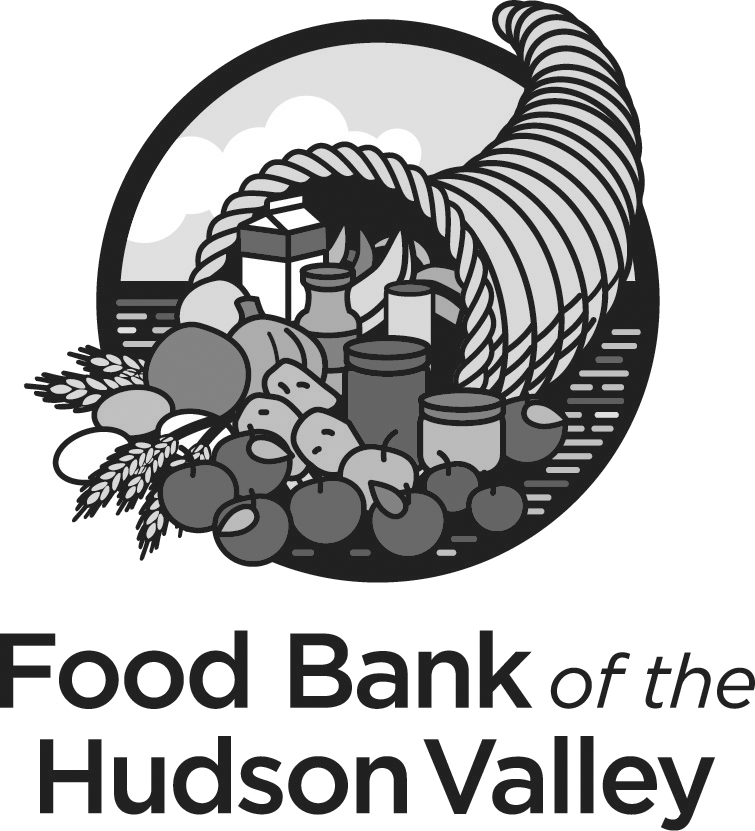
“This is not business as usual, this is business in a very, very unusual time.”
That’s what Paul Stermer, the Director of the Food Bank of the Hudson Valley, had to say when asked how the COVID-19 outbreak has begun to affect daily operations at the food bank. And while his statement likely rings true for the majority of us who have had to drastically alter our daily lives in order to mitigate the spread of the novel coronavirus, for Paul it carries with it some extra weight. Because in the Hudson Valley, thousands of people rely on “business as usual” at the food bank to meet their daily food needs.
It’s been just over two weeks since the World Health Organization officially declared COVID-19 to be a pandemic and while the situation continues to evolve every day, the residual effects of the virus are already beginning to be felt by businesses and the economy. For many of us, this has meant taking measures to flatten the curve like working from home, distancing ourselves from other people, and spending most of our days indoors, especially if presenting symptoms. For others it has meant filing for unemployment and scrambling to find ways to support their families and loved ones.
For Paul and the rest of the staff at the Food Bank of the Hudson Valley (FBHV), the spread of the virus has meant that now, perhaps more than ever, their services are needed. Over the last few weeks, the FBHV has seen an uptick in demand for food as people are becoming increasingly homebound and are struggling to financially support their families. This increased demand in tandem with a temporary decrease in donated food, fewer open venues to distribute that food, and fewer volunteers to help with that distribution has created what Paul calls “a perfect storm.”

BlueWave's own Izzy Oullette recently spent an afternoon volunteering at the Food Bank of The Hudson Valley
Under normal circumstances, the Food Bank of the Hudson Valley (FBHV) provides food to an estimated 117,000 people in the Hudson Valley region who are regarded as food-insecure, meaning they lack reliable access to a sufficient quantity of affordable, nutritious food. The FBHV operates as a middleman between food sellers and community food distribution facilities. They receive donations from manufacturers, retailers, wholesalers, growers, and brokers who donate food that may be mislabeled, overproduced, short weighted, or close to expiration. That food is then stored at the FBHV’s 55,000 square-foot warehouse before it is distributed to 400 food pantries, soup kitchens, emergency shelters, and other charitable agencies in 6 counties around the Hudson Valley region and beyond. In this way, the FBHV is able to keep their costs of operation relatively low, the main costs being personnel, warehouse maintenance, and vehicle expenses to transport food.
But, as Paul pointed out, these are not normal circumstances.
As New York has emerged as one of the epicenters for COVID-19, the demand for the FBHV’s services has gone up due to school closings and increasing financial hardship. In recent weeks, the Food Bank has been shipping out 107,000 pounds of food per week, over 3 times more than the 30,000 pounds that they usually ship. Additionally, they have seen a decrease in food donations as inventories at grocery stores and other suppliers are running low. Due to the increase in impulse buying around the region, their trucks have been returning to their warehouse with about 50% of the donations that they normally receive. While Paul believes the shortage will only be temporary as supplies should return to normal once things settle down a bit, the increase in demand from the community could have a more prolonged impact on operations. So far, the Food Bank has been relying on food supply they already have in stock, but it is likely that they will start buying food in order to meet increased demand.

Stock supply at the Food Bank of the Hudson Valley's 55,000 sq. ft. warehouse
Paul also notes challenges when it comes to distributing food to the community. For starters, the FBHV has had to limit the number of volunteers that can be on-site at a given time from 30 to 5-10 in order to adhere to social distancing mandates. This has put added stress on staff members to fulfill large orders and work with local food distributors, who to an increasing degree, have had to close or significantly alter operations themselves. Food distributors have also had to be creative in how they circulate food, and many have turned to dropping off food at people’s houses in order to limit large gatherings.
On average, 30% of the recipients of food from the FBHV are children and 9% are senior citizens. This statistic is important, and it is also likely to vary significantly in the coming months. With COVID-19 posing such a high risk to older populations, it is likely that it will be more difficult for senior citizens to venture out and get food. It is even more likely, however, that children will feel the residual impacts of the virus the most. Much of the food-insecure population relies on schools to feed their children. With most of those schools closed, many families are now having to find that food elsewhere. This need will be incredibly challenging for families who already struggle to put meals on the table. “It’s gonna hit kids harder than others, and that’s a real hard reality. It’s even hard to talk about.”
“People are just helping other people because it’s the right thing to do and because nobody should go hungry."
Paul Stermer Director at the Food Bank of the Hudson Valley
In the midst of these challenges and hardships though, there are glimpses of hope and reasons for optimism. The FBHV has strong ongoing support from their allies and donors, and there are still a number of people who have been willing to volunteer their time, despite the potential risks. Paul notes that he is encouraged and uplifted by the acts of deep kindness that he sees every day, both at the Food Bank, but also on social media and in the news.
“[It’s encouraging to see people] offering to help people in need, even if it’s a stranger. People are saying, ‘I can pick up groceries, I can deliver food, I can get your meds.’ And that really does align with what we do. By supporting us, people are helping feed people that in many cases they might not ever meet. People are just helping other people because it’s the right thing to do and because nobody should go hungry.”
Paul admits that he has turned away from some of the more negative news stories and social media posts like the ones of people fighting over toilet paper in grocery stores. His optimism is tempered by an honest and courageous acknowledgment of the reality of our situation. It is also a reminder of the humanity and sense of community that can arise in response to a crisis like the one we’re facing today.
“The big need for us right now,” Paul says, “is funds.” As the number of individuals who cannot meet their basic food needs increases, the demand for food will undoubtedly increase. It is likely that the FBHV will need to start purchasing food from retail suppliers to keep up with the increased demand. “This is not an ask we make normally throughout the year, because it doesn’t sound all that friendly, but the bottom line is we do need funds to cover these unexpected costs that we’re gonna take on.” On average, $1 provides 4 meals to people in need. A $20 donation provides 80 meals, enough for a family of 4 to eat for about a week.

What hunger looks like in New York. Data drawn from Feeding America.
Another way to support the FBHV is by building awareness and reminding people that whether or not the world is facing a pandemic, there are still hundreds of thousands of people who struggle to get food every day. COVID-19 in many ways has brought this issue to the surface, and it will be important to remember this lesson as we move forward and recover together in the coming months.
--
BlueWave has partnered with The Food Bank of the Hudson Valley to support their COVID-19 response. In addition to making a corporate donation, BlueWave will make a $150 donation on behalf of Hudson Valley residents who sign up for BlueWave Community Solar through April 17th.
For any reader that’d like to donate directly to the Food Bank of the Hudson Valley, click the button below. If you’re not in the Hudson Valley, you can also support your local food bank by donating food, volunteering your time, or contributing to Feeding America’s COVID-19 Response Fund.



